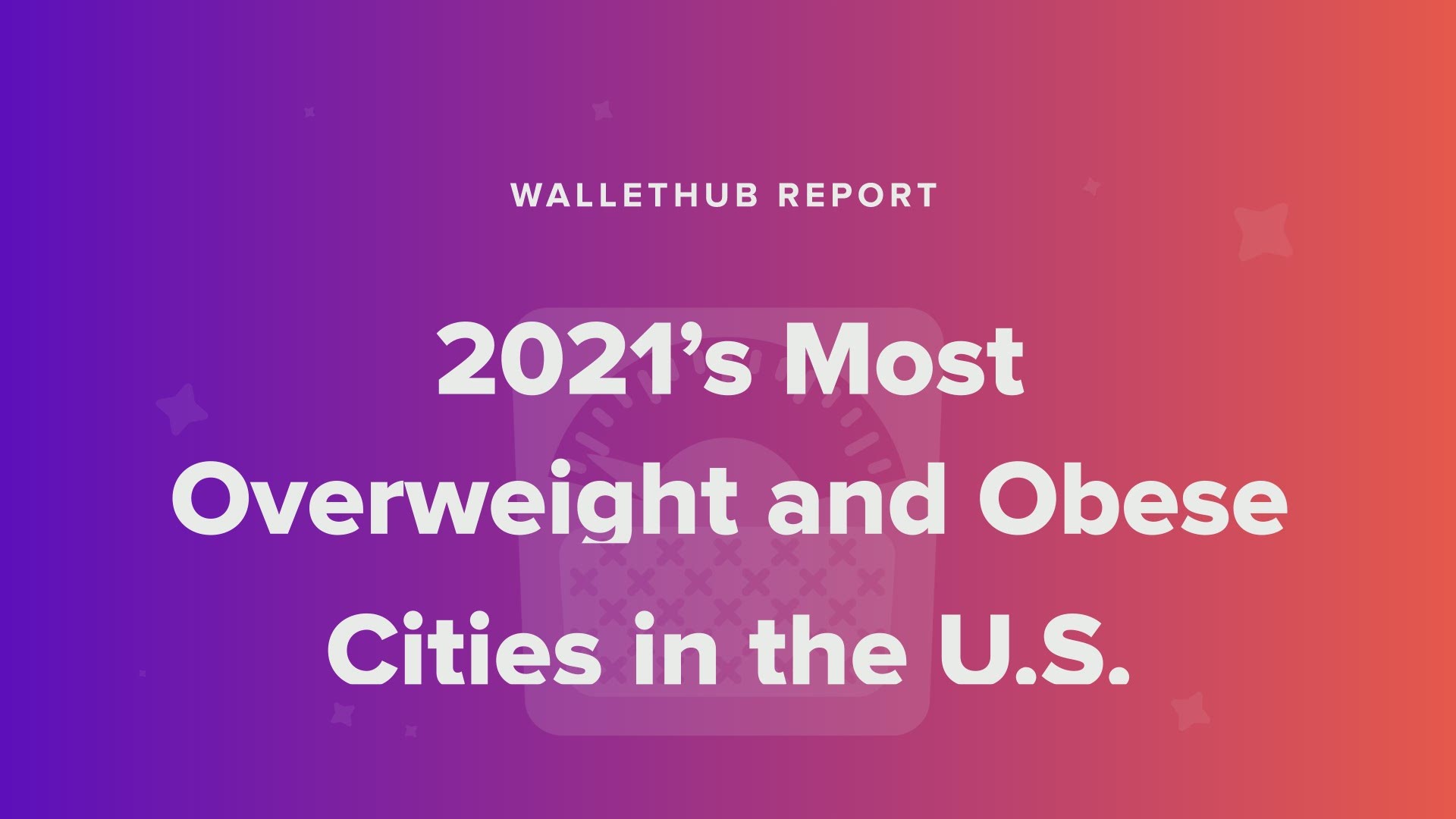MEMPHIS, Tennessee — First, the good news. Memphis is not the fattest city in America. The bad news? Memphis is the second fattest city in the United States.
According to a new ranking by WalletHub.com, Memphis ranked only behind the metro area of McAllen-Edinburg-Mission, Texas, as the second fattest city in the United States.
Here’s what WalletHub.com said about their rankings.
“Americans are some of the most overweight people in the world, not just stereotypically but statistically too. In fact, over 40 percent of U.S. adults are obese. Such a finding should come as no surprise, though, considering the huge availability of fast-food and increasingly cheaper grocery items that have negatively altered our diets. Unfortunately, the extra pounds have inflated the costs of obesity-related medical treatment to approximately $190.2 billion a year and annual productivity losses due to work absenteeism to around $4.3 billion.
Being obese is bad for a person’s health in general, but it’s especially dangerous during the COVID-19 pandemic, as it increases the risk of serious symptoms and may even triple the risk of hospitalization, according to the CDC.
Certain places are more responsible than others for tipping the scale in favor of bad health, though. To identify them, WalletHub compared 100 of the most populated U.S. metro areas across 19 key indicators of weight-related problems. Our data set ranges from the share of physically inactive adults to projected obesity rates by 2030 to healthy-food access.”
How did WalletHub.com put their rankings together? Here’s what they said about their methodology.
“In order to determine the fattest cities in America, WalletHub compared 100 of the most populated U.S. metro areas across three key dimensions: 1) Obesity & Overweight, 2) Health Consequences and 3) Food & Fitness.
We evaluated those dimensions using 19 relevant metrics, which are listed below with their corresponding weights. Each metric was graded on a 100-point scale, with a score of 100 representing the “fattest.” Data for metrics marked with an asterisk (*) were available only at the state level.
We then determined each city’s weighted average across all metrics to calculate its overall score and used the resulting scores to rank-order our sample.
Obesity & Overweight – Total Points: 60
Share of Overweight Adults: Full Weight (~13.33 Points)
Share of Obese Adults: Full Weight (~13.33 Points)
Share of Overweight Teenagers: Half* Weight (~6.67 Points)
Note: “Teenagers” includes 9th through 12th grade students.
Share of Obese Teenagers: Half* Weight (~6.67 Points)
Note: “Teenagers” includes 9th through 12th grade students.
Share of Overweight Children: Half* Weight (~6.67 Points)
Note: “Children” includes persons ages 10 to 17.
Share of Obese Children: Half* Weight (~6.67 Points)
Note: “Children” includes persons ages 10 to 17.
Projected Obesity Rates by 2030: Half* Weight (~6.67 Points)
Health Consequences – Total Points: 25
Share of Adults with High Cholesterol: Full Weight (~5.56 Points)
Share of Diabetic Adults: Full Weight (~5.56 Points)
Share of Adults with High Blood Pressure: Full Weight (~5.56 Points)
Heart-Disease Rate: Full Weight (~5.56 Points)
Obesity-Related Death Rate: Half* Weight (~2.78 Points)
Food & Fitness – Total Points: 15
Share of Adults with Low Fruit/Vegetable Consumption: Full Weight (~1.50 Points)
Note: This metric refers to the share of adults who consume fruit and vegetables less than one time per day.
Share of Residents Who Say They Eat Healthy: Full Weight (~1.50 Points)
Limited Access to Healthy Food: Full Weight (~1.50 Points)
Note: This metric measures the share of urban-area residents who earn a low income and live more than 1 mile from a grocery store or supermarket.
Share of Physically Inactive Adults: Full Weight (~1.50 Points)
City Friendliness toward an Active Lifestyle: Quadruple Weight (~6.00 Points)
Note: This metric is based on data from WalletHub’s "Best & Worst Cities for an Active Lifestyle" ranking.
Access to Parks & Recreational Facilities: Full Weight (~1.50 Points)
Note: This metric measures the share of individuals who live reasonably close to a location for physical activity - parks or recreational facilities.
Number of Health Educators and Community Health Workers per Capita: Full Weight (~1.50 Points)
Note: Health educators teach people about behaviors that promote wellness. They develop and implement strategies to improve the health of individuals and communities.
Sources: Data used to create this ranking were collected from the U.S. Census Bureau, Bureau of Labor Statistics, Centers for Disease Control and Prevention, County Health Rankings, United States Department of Agriculture Economic Research Service, Child and Adolescent Health Measurement Initiative, Gallup-Sharecare, Trust for America's Health and WalletHub research.

